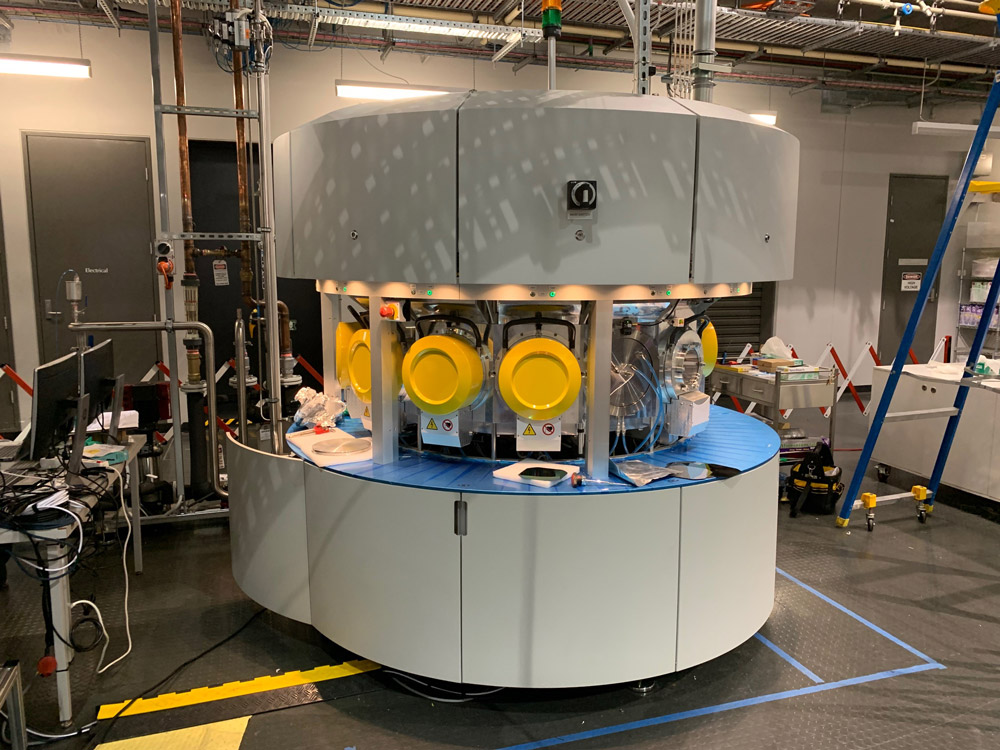News: Photovoltaics
20 April 2023
Midsummer participating in Australian project to reach 30% efficiency in tandem solar cells
Midsummer AB of Järfälla, near Stockholm, Sweden – a provider of turnkey production lines as well as flexible, lightweight copper indium gallium diselenide (CIGS) thin-film solar panels for building-integrated photovoltaics (BIPV) – has been selected to be part of a research team aiming to reach 30% efficiency in silicon/CIGS tandem solar cells using already commercialized technologies.
Led by the University of New South Wales (UNSW) in Sydney, Australia, the project also includes what are said to be the world’s leading solar panel makers and has been awarded funding of AUS$3.08m from the Australian Renewable Energy Agency (ARENA), as part of a total project budget of AUS$11.55m [US$8.21m; €7.55m].
A significant part of the research will be carried out on the UNO research system for the production of thin-film solar cells that the university previously purchased from Midsummer.

Picture: Midsummer’s UNO system at the University of New South Wales.
Existing mass-produced silicon panels have efficiencies of about 20%, and thin-film panels like CIGS (copper, indium, gallium, selenide and/or sulphur) have slightly lower efficiencies. By combining the technologies in tandem solar cells, it is theoretically possible to achieve much higher efficiency. In tandem solar cells, different semiconductor materials are combined in one device, each of which absorbs different areas of the solar spectrum. The result is more efficient solar cells.
“By working closely with our project partners, world-leading chalcogenide and Si PV researchers and manufacturers, this project will provide next-generation, high-performance, durable and cost-effective tandem cells that can be rapidly scaled up,” says professor Xiaojing Hao of the UNSW School of Photovoltaic and Renewable Energy Engineering, who heads the project.
“A tandem solar cell with silicon + chalcogenide has the best conditions for rapid commercialization as they are two mature, stable and proven technologies,” says Midsummer’s CEO Sven Lindström. “As Midsummer’s DUO system already today uses the same solar cell size as silicon solar cells, it would be the obvious production tool choice when the world’s largest solar panel manufacturers want to commercialize tandem solar cells on a large scale,” he adds.
Silicon-based tandem solar cells are seen as the main track to commercialize solar panels with over 30% efficiency, says Midsummer. High-bandgap CIGS cells, which can be manufactured on the firm’s machines, have demonstrated among the highest efficiencies for potential peak cells to combine with silicon and have the advantage of a very long lifetime as well as already proven scalability in mass production.









